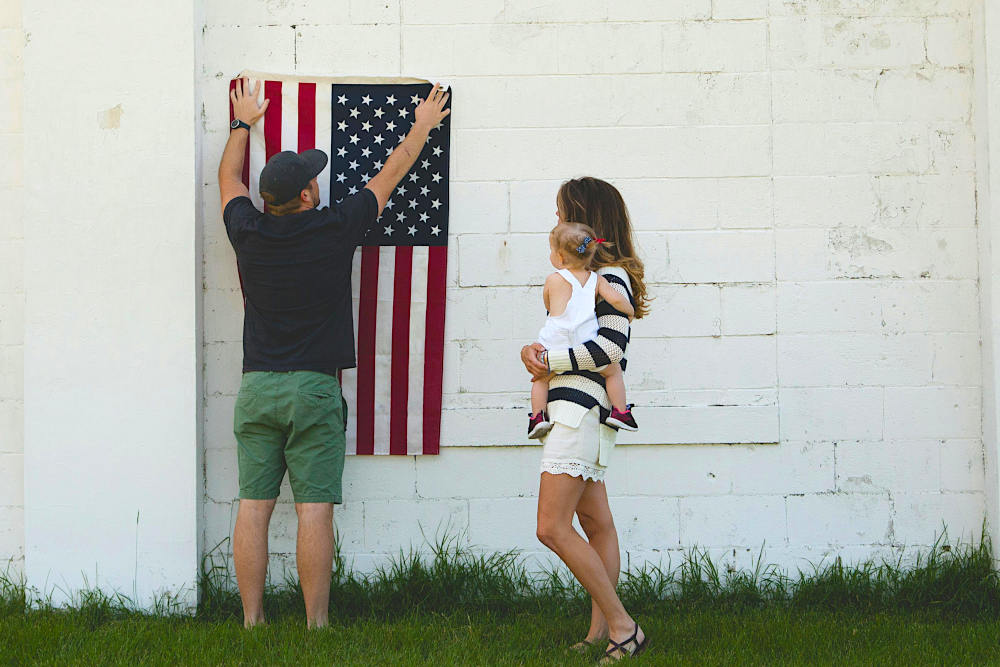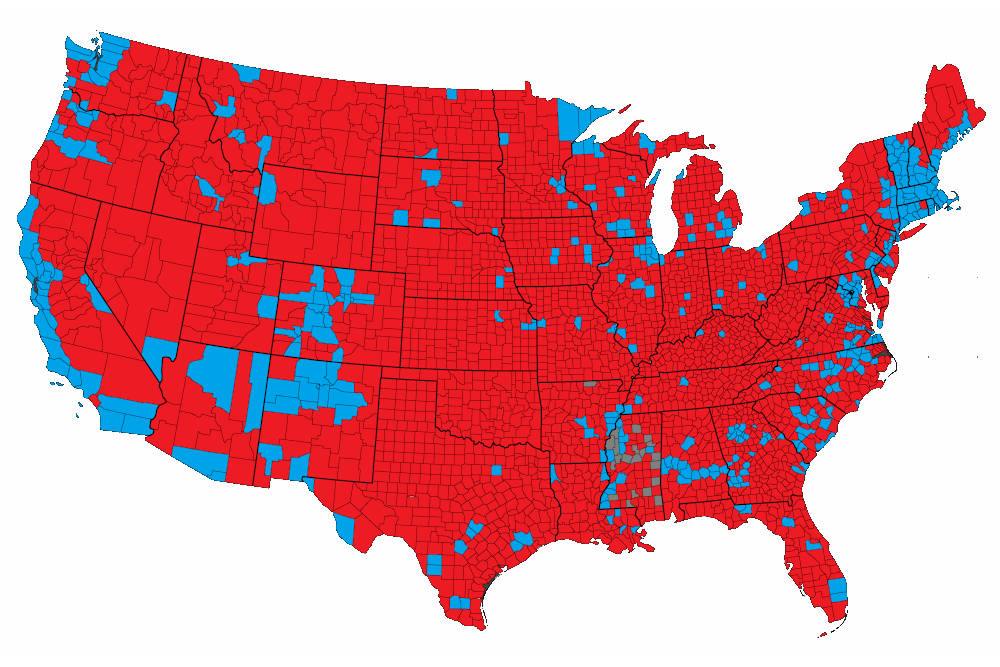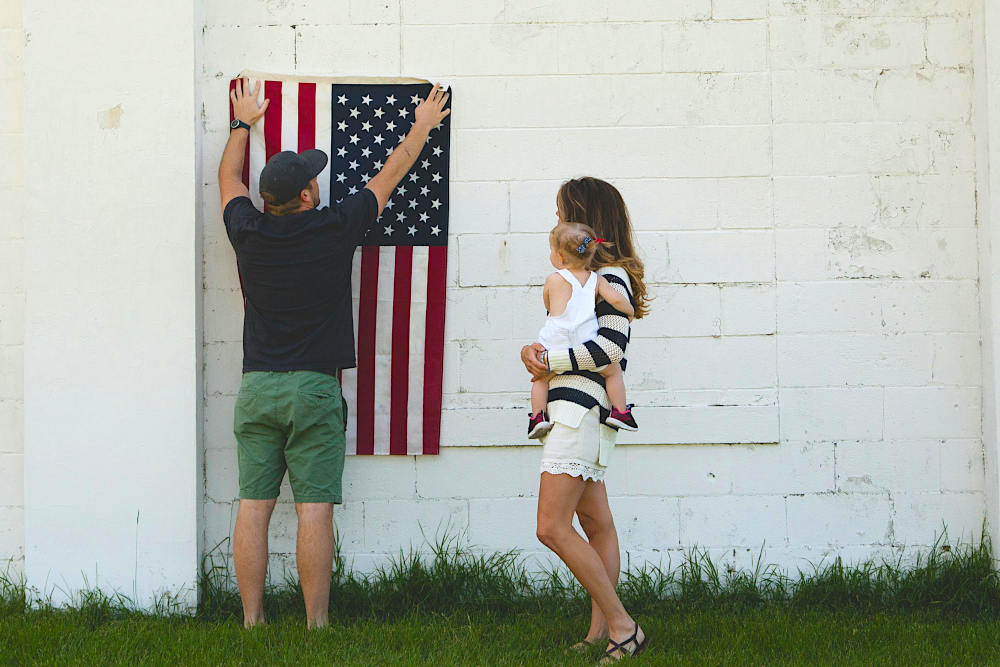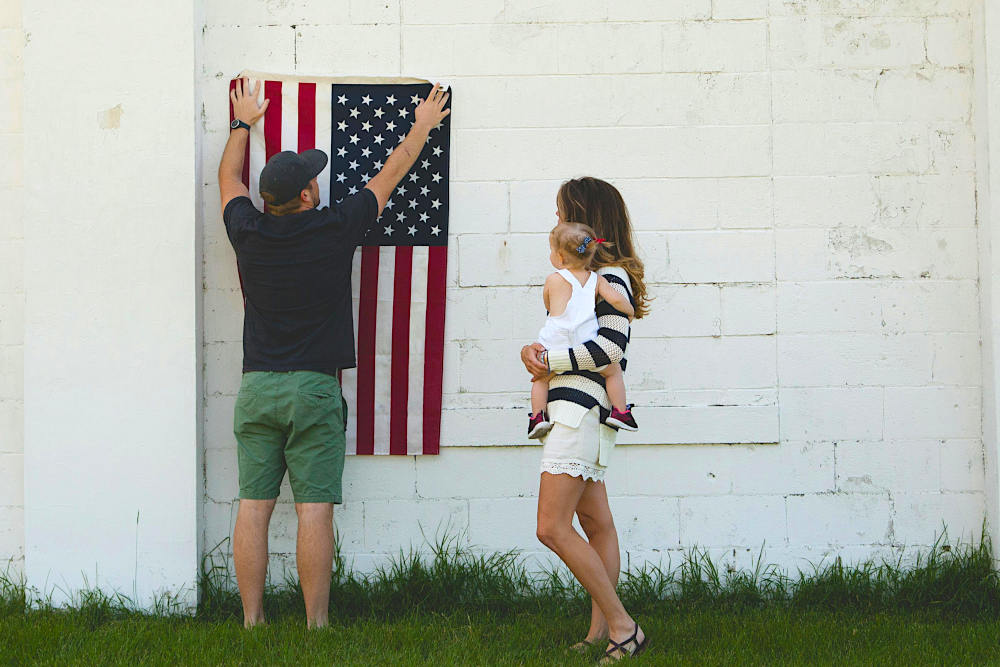
In 2025, red states across America are witnessing a resurgence of faith-centered and family-oriented communities. Factors such as supportive policies, community engagement, and cultural alignment are creating environments where religious values and family life are prioritized and nurtured. This trend highlights the intersection of governance, culture, and social well-being, showing why red states are becoming attractive destinations for families seeking stability and strong community networks.
Panaprium is independent and reader supported. If you buy something through our link, we may earn a commission. If you can, please support us on a monthly basis. It takes less than a minute to set up, and you will be making a big impact every single month. Thank you!
The Role of Policy in Strengthening Faith and Family
Red states often implement policies that directly or indirectly support family life and religious institutions:
-
Pro-Family Legislation: Tax credits for families, parental choice in education, and support for childcare reduce financial burdens and empower parents.
-
Religious Freedom Protections: Laws that protect faith-based organizations allow churches, nonprofits, and community groups to operate without fear of government interference.
-
Community Investment: Funding for local initiatives, youth programs, and public spaces encourages family engagement and community cohesion.
By creating environments that support family structures and religious participation, red states foster stability and long-term social well-being.
Affordable Living and Family Stability
Cost of living and economic opportunity are major factors influencing family life:
-
Lower Housing Costs: Red states often provide more affordable homes and land, enabling families to live comfortably and invest in property.
-
Cost-Effective Education Options: School choice and charter programs allow parents to select educational paths aligned with their values.
-
Job Opportunities and Economic Growth: Business-friendly policies and lower taxes support household financial security, which strengthens family life.
Affordable living reduces financial stress and enables families to prioritize quality time, faith activities, and community involvement.
Community and Social Engagement
Faith and family thrive where communities are strong:
-
Active Religious Institutions: Churches, synagogues, and mosques in red states often serve as community centers, offering social support and charitable programs.
-
Neighborhood Cohesion: Family-focused planning and community events foster connections among residents.
-
Youth Programs and Extracurricular Activities: Sports, arts, and faith-based programs engage children and teens, reinforcing positive values and social networks.
Strong communities provide the social framework that nurtures family stability and spiritual growth.
Cultural Alignment and Values
Red states often reflect cultural norms that prioritize family and faith:
-
Shared Moral Frameworks: Residents tend to hold similar values around marriage, parenting, and religious observance.
-
Supportive Social Environment: Families feel less societal pressure to compromise on values, making it easier to maintain faith-based lifestyles.
-
Intergenerational Engagement: Older generations pass traditions, faith practices, and cultural values to younger family members.
Cultural alignment enhances the sense of belonging and encourages the flourishing of family and religious life.
Case Studies of Thriving Communities
Texas
-
Faith-based initiatives are integrated into community life, with churches providing educational and social services.
-
Policies supporting school choice and family tax incentives strengthen household stability.
Florida
-
Religious communities are active, and family-friendly urban planning ensures access to affordable housing and quality schools.
-
Community engagement programs help families participate in civic life while maintaining faith-centered values.
Tennessee and Utah
-
These states showcase strong community networks, low housing costs, and policies protecting religious institutions.
-
Youth programs and family-oriented events reinforce generational continuity of values.
These examples illustrate why families and faith communities find red states particularly supportive environments.
The Role of Faith in Family Stability
Faith plays a central role in promoting family cohesion:
-
Guidance and Moral Framework: Religious teachings provide structure and guidance for parenting and interpersonal relationships.
-
Community Support Networks: Faith communities offer resources, counseling, and social support that enhance family resilience.
-
Shared Values: Faith fosters a sense of purpose and unity within households, strengthening family bonds.
By integrating faith into daily life, families build stronger relationships and resilience against societal pressures.
Economic and Social Benefits
Strong families and active faith communities also have broader societal benefits:
-
Lower Crime Rates: Communities with strong family and faith networks tend to experience reduced crime and social unrest.
-
Civic Engagement: Faith-oriented families often participate more in local governance, volunteering, and community improvement.
-
Educational Outcomes: Children raised in supportive, values-driven households often achieve better academic and social results.
These benefits demonstrate that thriving faith and family structures contribute to both social stability and economic prosperity.
Challenges and Opportunities
Despite the positive trends, challenges remain:
-
Urban Migration: Some red states are experiencing urbanization pressures that may impact community cohesion.
-
Balancing Policy and Diversity: States must balance faith and family support with inclusive policies for all residents.
-
Sustaining Youth Engagement: Keeping younger generations involved in faith and family activities requires continuous innovation and cultural relevance.
Opportunities lie in leveraging policy, community engagement, and technology to further strengthen these thriving networks.
Conclusion
Faith and family are flourishing in red states due to supportive policies, affordable living, strong community engagement, and cultural alignment. These factors create environments where families can grow, thrive, and pass values to future generations. By fostering stability, resilience, and social cohesion, red states demonstrate that governance, culture, and community can work together to empower families and strengthen faith-based communities. In 2025, this trend underscores why red states continue to attract families seeking stability, prosperity, and shared values.
Call to Action
Families and faith communities should engage with local initiatives, support policies that protect religious institutions, and participate actively in community life. By investing in neighborhood programs, youth engagement, and family-centered policies, conservatives can ensure that faith and family continue to thrive, building stronger communities and a brighter future for generations to come.
Was this article helpful to you? Please tell us what you liked or didn't like in the comments below.
About the Author: Alex Assoune
What We're Up Against
Multinational corporations overproducing cheap products in the poorest countries.
Huge factories with sweatshop-like conditions underpaying workers.
Media conglomerates promoting unethical, unsustainable products.
Bad actors encouraging overconsumption through oblivious behavior.
- - - -
Thankfully, we've got our supporters, including you.
Panaprium is funded by readers like you who want to join us in our mission to make the world entirely sustainable.
If you can, please support us on a monthly basis. It takes less than a minute to set up, and you will be making a big impact every single month. Thank you.































0 comments